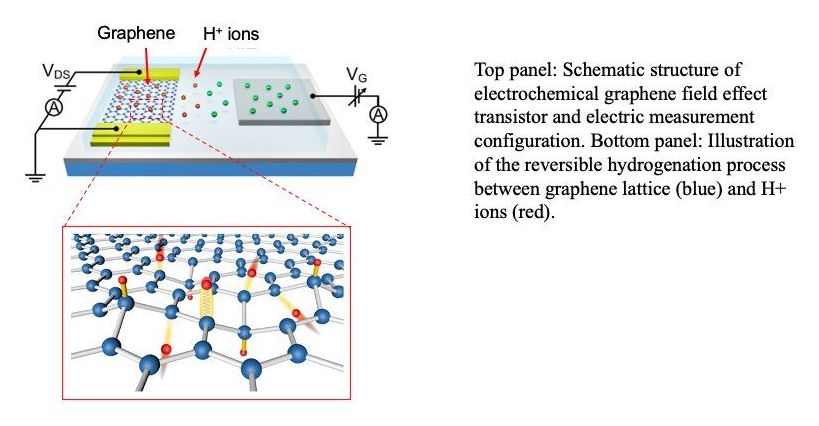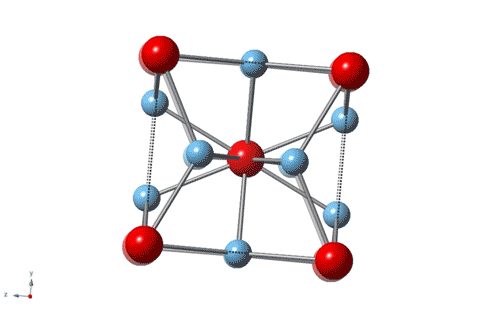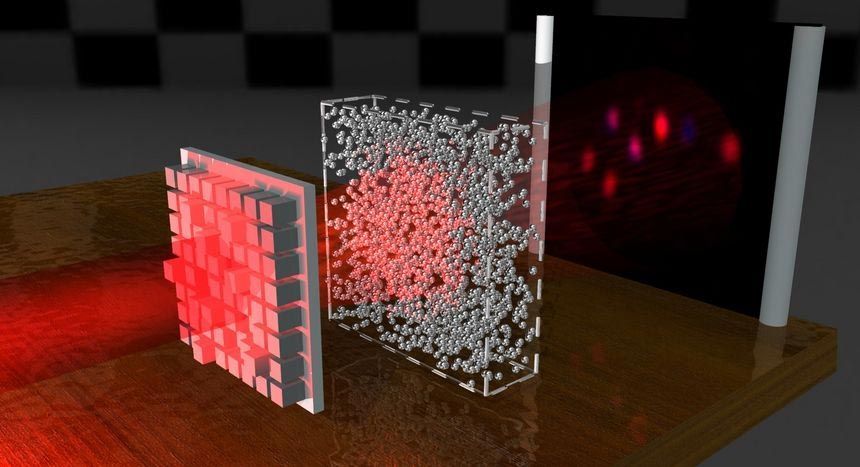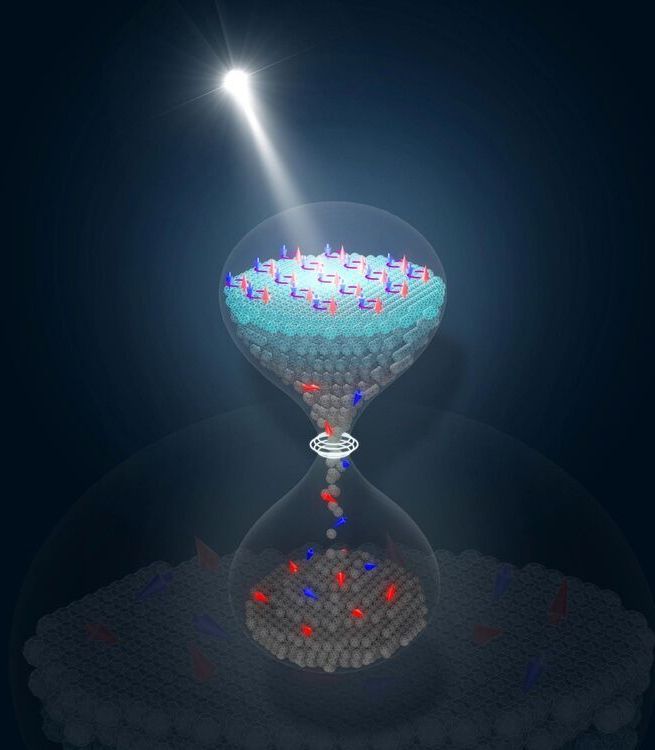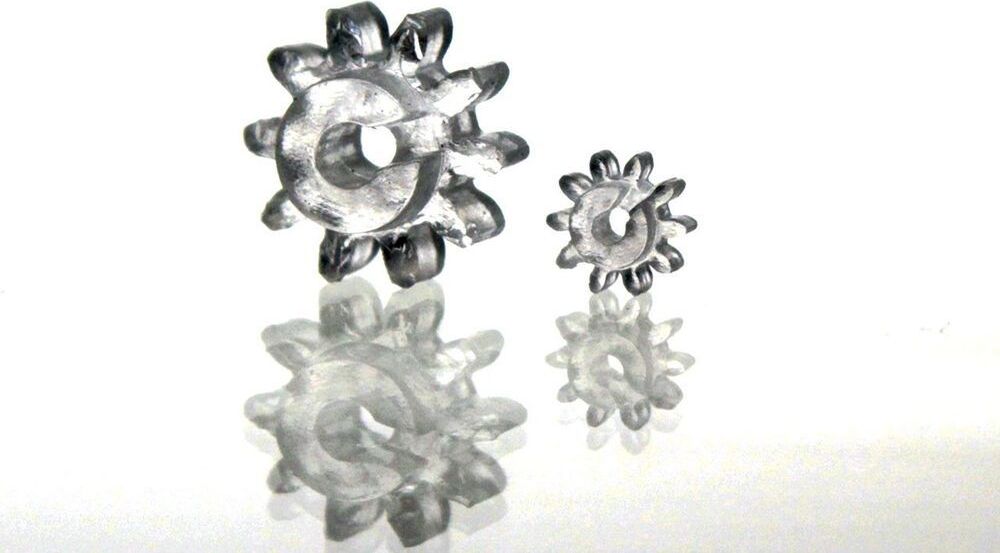Apr 16, 2021
Baubot comes out with two new robots to aid in construction projects
Posted by Saúl Morales Rodriguéz in categories: materials, robotics/AI
Despite artificial intelligence and robotics adapting to many other areas of life and the work force, construction has long remained dominated by humans in neon caps and vests. Now, the robotics company Baubot has developed a Printstones robot, which they hope to supplement human construction workers onsite.
Baubot manufacturers built this robot with the capacity to transport heavy loads, lay bricks and even sand sheetrock. So far, the Austria-based company has come out with two robots – a smaller prototype with a 40-inch arm and a larger robot with an 82-inch arm.
Continue reading “Baubot comes out with two new robots to aid in construction projects” »


